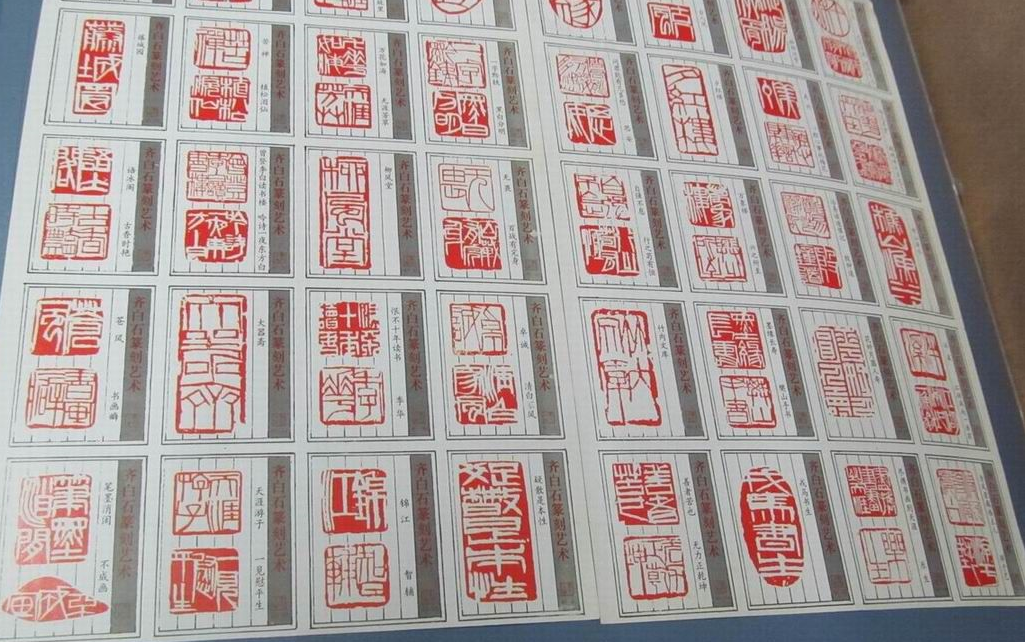點的密集:在設計中將一個概念性的點放于構圖上的某一點,根本形在組織排列上都趨向于這個點密集,愈接近此點愈密,遠離此點愈疏。
Point density: In the design, a conceptual point is placed at a point in the composition, and the fundamental shape tends to be dense at this point in the organization arrangement. The closer to this point, the more sparse away from it.
線的密集:在構圖中有一概念性的線,根本形向此線密集,在線的位置上密集大、離線愈遠則根本形愈疏。
Line Denseness: There is a conceptual line in the composition. The fundamental line is dense. The denser the line is, the farther the line is, the thinner the fundamental line is.
自在密集:在構圖中,根本形的組織沒有點或線的密集約束,完整是自在分布,沒有規律,根本形的疏密變化比擬奇妙。
Free dense: In composition, the fundamental organization has no dense constraints of points or lines. It is completely self-distributed and irregular. The dense change of the fundamental form is miraculous.
擁堵與疏離:擁堵是過度密集,一切根本形在整個構圖中是一種擁堵狀態,占滿了全部空間,沒有疏的。疏離與密集相反,整個構圖中根本形彼此疏遠,分布在各個角落,分布能夠是平均的,也能夠是不平均的。
Congestion and alienation: Congestion is excessively dense, and all the fundamental form is a congestion state in the whole composition, which occupies all the space and has no sparse center. On the contrary of alienation and denseness, the fundamental shapes of the whole composition are alienated from each other and distributed in various corners. The distribution can be either average or uneven.
需求留意的是,在密集效果處置中,根本形的面積要細小,數量要多,以便有密集的效果。根本形的外形能夠是相同或近似的,在大小和方向上可有一些變化。在密集的構成中,重要的是根本形的密集組織,一定要有張力和動感的趨向,不能組織松散。
Need to note that in the dense effect disposal, the basic shape of the area should be small, the number should be large, so as to have a dense effect. The shape of the fundamental shape can be the same or similar, and there may be some changes in size and direction. In the dense structure, it is important to have a basic form of dense organization, which must have tension and dynamic tendency, and can not be loosely organized.

肌理
Skin texture
肌理又稱質感,由于物體的資料不同,外表的排列、組織、結構個不同,因此產生粗糙感、潤滑、軟硬感。
Texture is also known as texture, because the material of the object is different, the appearance of the arrangement, organization, structure is different, so it produces a rough, lubricating, soft and hard feeling.
肌理的發明辦法:
The invention of texture:
筆觸的變化:應用筆觸的粗、細、硬、軟、重以及筆觸的不同排列,而描畫出不同的肌理效果。
Change of brush strokes: Different texture effects are depicted by applying different arrangement of brush strokes, such as thick, fine, hard, soft and heavy strokes.
印拓:用油墨或涂料雕琢及自然構成的凹凸不平的外表上,然后印在圖面上,便會構成古樸的拓印肌理。
Ink rubbing: The rubbing texture of rubbing is simple when it is carved with ink or paint and printed on the surface of natural rubbing.
噴繪:用噴筆或用金屬網與牙刷,把溶解的顏料刷下去后,色料如霧狀的噴在紙上。
Spray painting: With an airbrush or a metal mesh and toothbrush, the dissolved pigment is brushed down and sprayed on the paper like a mist.
染:具有吸水力強的外表,可用液體顏料停止渲染、侵染、顏料會在外表自然散開,產生自然漂亮的肌理效果。
Dyeing: With a strong water absorption appearance, can be used to stop rendering liquid pigments, infection, pigments will disperse naturally in the appearance, resulting in a natural and beautiful texture effect.
紙張:各種不同的紙張,由于加工的資料不同,自身在粗細、紋理、構造上不同,或人為的折皺,揉產生特殊的肌理效果。
Paper: Different kinds of paper have different thickness, texture, structure, or artificial wrinkles because of different processing data, which produce special texture effect.
